So, why do trains have engines on both ends? Trains use another locomotive on the rear end for several reasons. Some of the reasons are to provide better power, reduce the chance of joint failure, safety, and more. Furthermore, you’ll find engines in the middle of the train to assist in better control.
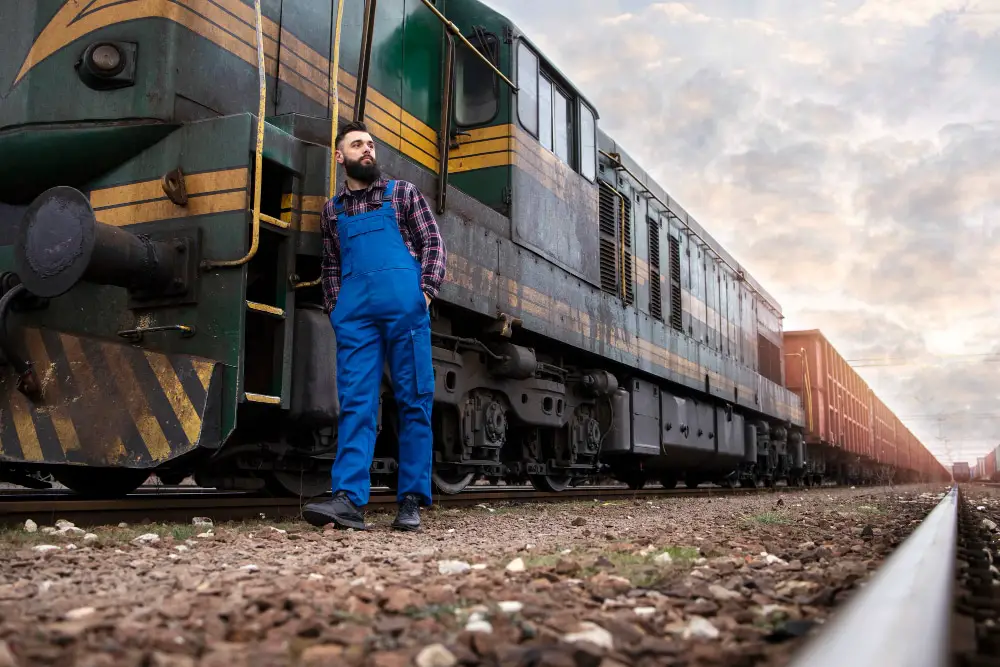
As kids, we always wondered how trains travel across the country with thousands of tonnes behind them. How can one engine carry all the weight when accelerating? Can one engine stop the train with its momentum? How can one engine climb a steep hill?
The answer to these questions is rather simple, trains sometimes use two or more engines to control the train.
So, why do trains need multiple engines? Let’s find out!
Actually, before we start, please remember that a locomotive aka the engine also gets called the “train”. This is not politically correct, but it happened all the time.
Ok, so where were we.
A Brief History
In the 1960s, freight railroad companies added multiple locomotives to their trains to climb steep hills. This was the first introduction to distributed power.
Distributed Power Units (DPU) refer to operating locomotives found in the middle or rear side of the train. These are remote units that are controlled by the engineer (who’s in front of the train) via radio communication. By doing so, they are able to distribute power evenly throughout the train to enhance their carrying capacity.
Throughout the years, freight railroads continued innovating their use of distributed power units. Our railroad systems now use advanced communication technologies to provide better services. Presently, they have coordinated acceleration, braking, and shifting of power.
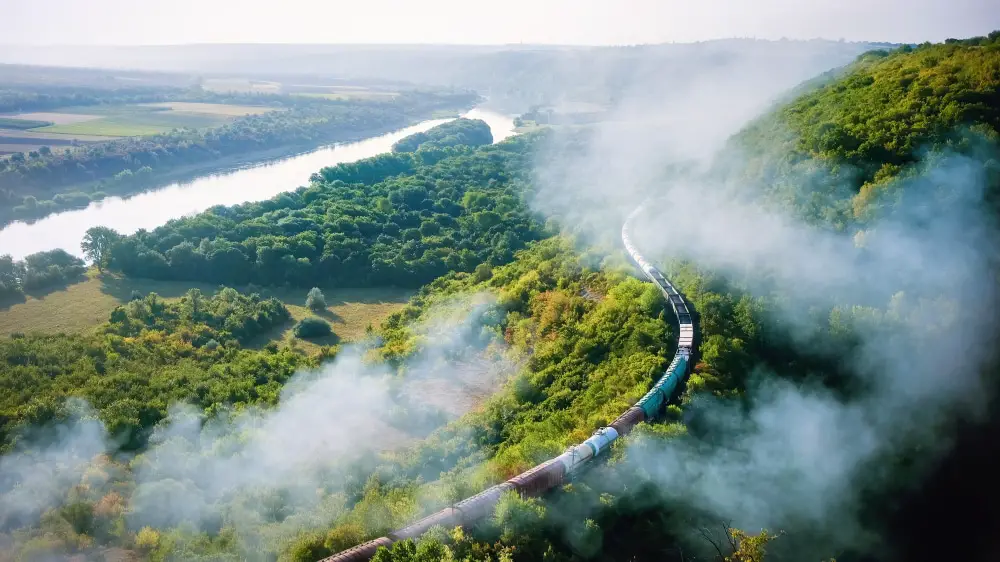
Reasons Why Do Trains Have Engines on Both Ends
Heavy freight trains generally need extra power to push through the load which is why extra locomotives are used.
There are six reasons why trains have engines on both sides of a train, these are:
Better Delivery of Power
A long and heavy freight train may have a difficult time climbing a sloping hill. In certain cases, the locomotives in front of the train can pivot around the rear wheels. Similarly, the engine won’t be able to lift the entire train and create friction for it to move forward.
But when we add a locomotive at the rear end of the train, it adds power to the train allowing it to move through hills. Additionally, the front locomotive can pull the weight of the train and the rear locomotive can push the weight. This will balance out the wagons and continue moving them forward.
Lesser Chance of Joint Failure
A train is made up of a coupled engine and wagons with a combination of knuckles and hooks. If the train starts climbing a sloping hill, a single joint in the locomotive will have to carry all the load. The joint will be vulnerable to knuckle pin and drawbar failures.
When there’s a locomotive at the rear end of the train, it helps to push the train upward and reduce the strain on the joint. Also, a rear locomotive can help support the weight of the train when it’s descending a hill.
It creates a push-pull scenario where it ensures that one locomotive of the train is not shouldering all of the stress and weight. This also helps reduce failures of any parts of the train.
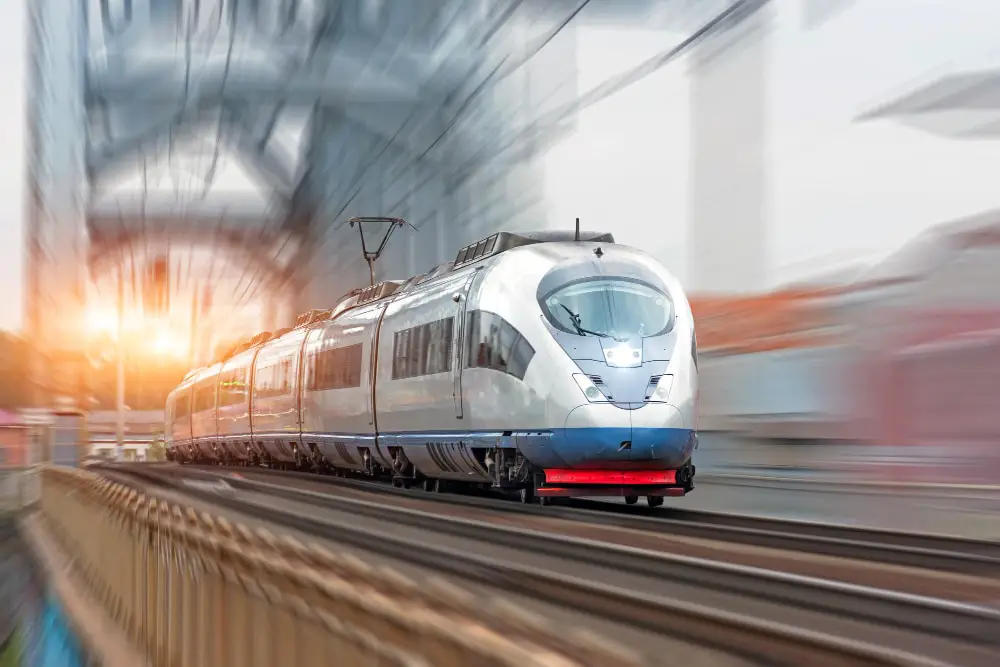
Safety
Considering the scenarios we’ve mentioned above, the safety of the crew and people around the train can be compromised. Having a train stop midway because of lost traction or experiencing a joint failure can mean damages, injuries, and even death.
When you have a locomotive in front and rear of the train, it helps control the train better and avoid any accidents. After all, safety is the most important factor for any transport service.
Better Starting Efficiency and Acceleration
When the train needs to start moving forward again, it will cause a lot of strain on the front locomotive. Having a rear locomotive move with the front engine will give the train more power and force to start moving again.
The front locomotive will pull half of the train and the rear locomotive will push the other half. It compresses and slacks all the couplings, allowing the train to move easily. By moving the train one wagon at a time, the engine consumes less fuel and energy making it more ideal for freight trains.
Fewer Chances of Derailment
When a train has engines on both ends, it helps reduce the physical force on both the train and tracks. A lengthy and heavy train can cause severe strain on the equipment and the overall infrastructure of the track. A second engine will reduce the strain and there are fewer chances of derailments and boost the safety of everyone.
Quicker and Even Braking System
Imagine a heavy train that’s traveling at 50 mph and needing to stop at a station. That would mean that a train needs to start decelerating miles before they reach its destination.
Having a second engine on the rear end will help stop the train quicker than having one locomotive. Additionally, it will cause less strain on the wheels, track, and other components as well.
Savings on Fuel and Reduce Emissions
Traveling on the tracks aka the railroad, is one of the most environmentally-friendly ways to go around. It cuts almost 75% of greenhouse gas emissions from heavy trucks. Since using two locomotives in one train can help it move or stop quicker, it also means that it uses lesser horsepower and saves on fuel.
According to Union Pacific, traveling with a second locomotive can help you save 4-6% of your fuel when compared to other land traveling.
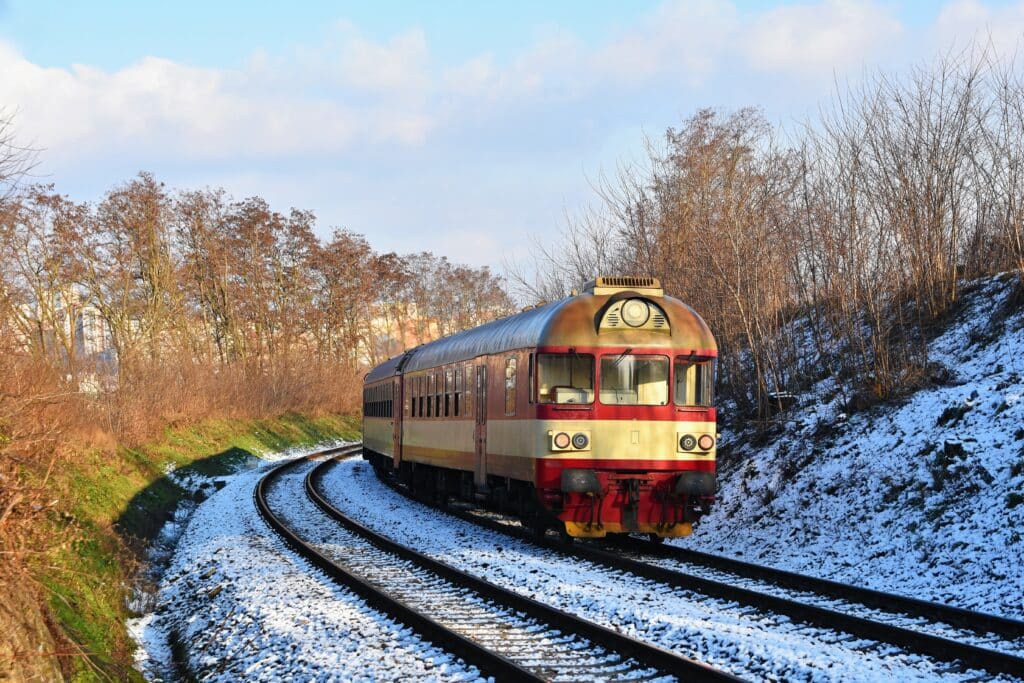
Why Do Trains Have Engines in the Middle?
Although it’s rare to find a train with an engine in front, middle, and at the end, it’s still possible. Railroads place a locomotive in the middle to ensure that they have better control of the train, especially when moving around curved tracks.
When there’s no locomotive in the middle, a train can get derailed when it’s moving too fast on a curved track. Without proper balancing and control, a train can only carry a limited number of cars while traveling at a certain speed.
“Double Heading” Multiple Steam Engines
During the years when steam engines were used, each locomotive had its set of crew. There’s an engineer to drive and lead the train and there are firemen who would shovel coal, wood, or oil into the firebox to move the train.
As trains started getting lengthier, locomotives started getting bigger as well. Trains also started pulling more cars which means that they need to attach more locomotives to add power to the train.
The problem with adding locomotives during the steam engine era is that they had to hire more crew for the firebox. This means that railroad businesses would have more costs and expenses too.
Additionally, these were the times when there were no radio communications yet. Engineers only used steam whistles and signs to tell other locomotives to slow down, speed up, or stop.
“Multiple Unit” Multiple Diesel Engines
When diesel engines came to light, it was easier for them to have multiple diesel locomotives in a single train. Additionally, it was easier for engineers to communicate with each other through the advancement of technology.
Although the locomotives used for a single train don’t have the same horsepower and braking system, there is a limit on how many engines you can have in a single train. In general, you can only add six or seven locomotives to a train. Today, most trains in North America have at least two engines on a train.
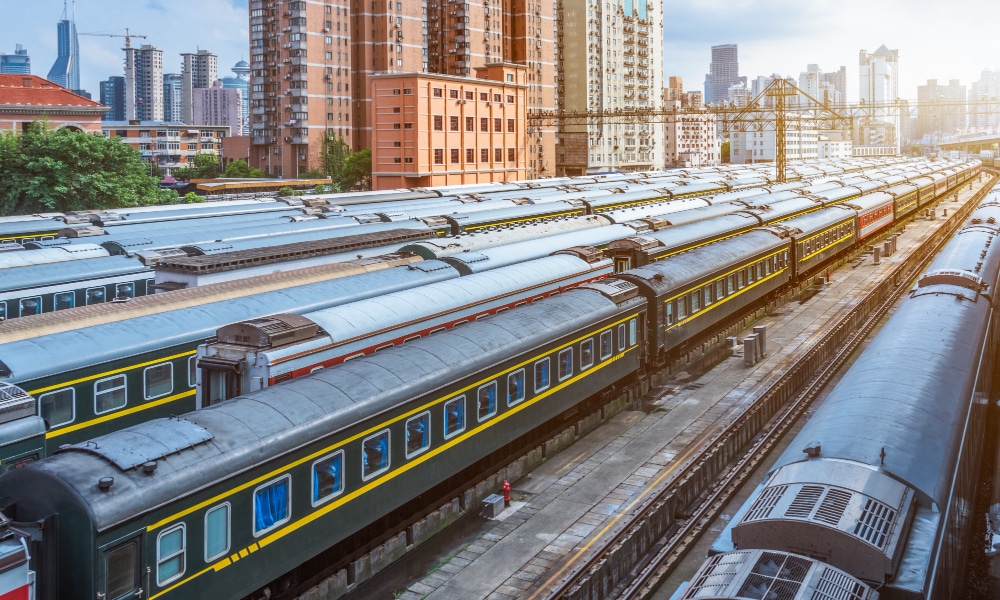
Why Do Trains Have Engines on Both Ends? – Conclusion
Trains place engines on both sides of the train to boost the power of the train and carry more cars. It allows engineers to have better control in the acceleration, slowing down, and stopping the train.
Furthermore, it allows the train to have better balance on curved tracks which reduces accidents and potential damage.
Happy Travelling!

